This article originally appeared in Issue #2 of The Natural Parent Magazine
Breastfeeding long-term is undoubtedly a growing phenomenon and mothers are increasingly willing to be open about their practice. This not only alerts other mothers to the possibility of long-terming but it also opens the floodgates to inevitable torrents of prejudice and the voicing of common myths; held not only by the general public but also by most psychologists. The most damning of these is that children are developmentally harmed by the practice, with the underlying assumption that mothers continue to breastfeed for their own selfish purposes.
The survey* I ran for my book ‘Breastfeeding Older Children’ comprehensively dismissed this latter charge. Mothers spoke of being led into the practice by their children. Many said that if it had been previously suggested to them that they would go on to breastfeed a child for years, they would have been astonished, even horrified. Yet, as the years passed, their children’s wish and need to continue became evident. Some mothers tried to wean at culturally acceptable ages and spoke of children’s feelings and reactions: of their being “devastated”, emotionally “crushed”, exhibiting “anger”, of their distress and incomprehension at the threatened or actual withdrawal of the one thing they loved above all else. Anyone with direct experience of long-term breastfeeding has no doubt that children have a deep need and profound urge to continue to breastfeed.
Critics claim that a child’s wish to continue to breastfeed is an indicator of developmental delay: that the child is overly-dependent, that the mother has failed to school the child into independence. Such a view is Western-centric and displays ignorance of the fact that, in many cultures around the world, children are allowed to breastfeed for several years, to no ill-effect. Young children are dependent, but western culture requires children to become independent as soon as possible and moreover believes independence has to be induced. Mothers who breastfeed long-term take different view. They believe that children, in the fullness of time, become independent without interference, that children should be allowed to mature at their own pace and not be forced into (apparent) self-reliance before they are ready.
When my children stopped they were emotionally ready, which was not the case when I tried to wean them earlier. They outgrew the need, it was not forced on them. South Africa. Ch 1: bfd 6yrs; Ch 2: bfd 4 yrs; Ch 3: bfdg 5yrs
Many people think 3years is too long, they don’t want it themselves and a few think my child becomes too dependent on me. My daughter is very strong and independent. My son (2 years older) is much more dependent and forms a contrast to his sister. Netherlands. Ch 1: bfd 1.5yrs; Ch 2: bfdg 3.4yrs
As questionnaire responses came in, I was struck by the similarity of statements from mothers in diverse cultures, countries and continents. In the absence of any research whatsoever on the psychosocial adjustment of older breastfed children, I decided to look for correlations between mothers’ descriptions of their children’s temperaments and behaviour and the accepted indicators of secure attachment (as defined by John Bowlby and Mary Ainsworth’s Attachment Theory) and neuroscience research findings. The result was illuminating.
Attachment Theory
Widely hailed as the most influential theory of the twentieth century in child, personality and social relationships development, Attachment Theory1 identified the necessity in early life of positive mother-child interactions for the formation of secure attachment. Though neither commented on breastfeeding-duration per se, both Bowlby and Ainsworth recognised the efficacy of breastfeeding to nurture secure attachment, which is fostered when a child’s needs are met in a timely manner by a sensitive, responsive mother, well-attuned to the child’s cues. [In our own politically-correct times, it’s more common now to refer to a ‘primary attachment figure’; a term which glosses over the fact that, more often than not, this is still the mother.] Long-term breastfeeding, in which a mother responds to her child’s express and often vocalised need, is a strong measure of maternal sensitivity and responsiveness. Bowlby said: ‘the infant and young child should experience a warm, intimate, and continuous relationship with his mother…in which both find satisfaction and enjoyment’. By definition, sustained breastfeeding is a warm, intimate, continuous relationship and the mutual satisfaction of mother and child, as well as their mutual enjoyment, is demonstrable.
It’s a wonderful feeling to have been fully trusted, and to know that I fulfilled her needs until she was ready to complete the journey. My daughter is my best friend. I owe our closeness to breastfeeding because it taught us both how to respect and trust one another. Hawaii. Ch1: bfd 7.6yrs.
There is no simpler, more effective way to both intuitively and physically respond to a child’s needs than to breastfeed; you just know your child to such a subtle degree that you find you can anticipate all the moments when a stop at the breast is needed. USA. Ch1: bfd 4yrs; Ch2: bfd 6.5yrs.
From the early days of breastfeeding, I found the look of absolute bliss the baby would have after a feed just about spoke volumes. Even today, the way that ‘tuck-in’ and grin as they do so shows the pure pleasure it gives them. England. Ch1: bfdg 4yrs; Ch 2: bfdg 2.6yrs.
And for anyone still clinging to the notion that long-terming is a one-way street, listen to the children!
The best thing in the world! Breastfed 5yrs. England
I LOVE DEDE! Delicious, sweet! Breastfed 6yrs. Philippines
She calls them her ‘little milkies’ and tells me often how much she loves them. For a while, one was named ‘vanilla’ and the other ‘chocolate’. Breastfeeding 4.5yrs. USA
My daughter once said she liked it especially because it was my milk and she loved me so much. Breastfed 7yrs. Germany
A template for life
According to Attachment Theory, an ‘internal working model’ of self and other(s) is established in early childhood and forms the basis for a child’s thoughts, feelings, memories, beliefs and expectations of relationships. The primary relationship is thus the basis of a child’s self-esteem and the template for all other relationships. When a child is securely attached, self-confidence and independence is nurtured.
Far from them being psychologically or developmentally damaged, mothers’ descriptions of their long-term breastfed children reveal them to closely match indicators of sound development and secure attachment. Irrespective of location, mothers used the same terms to describe their children: happy, secure, self-confident, out-going, independent, sociable, well adjusted.
Emotionally, he’s really confident and outgoing. He always had me there, so he always knew he could go and I’d be there, really be there closely, when he chose to come back. He’s also bright as a button, very healthy and advanced in lots of things. England. Ch 1: bfdg 4.3yrs
One of the most important things for us was the independence breastfeeding seemed to give my son. I often watched other toddlers the same age, who were formula-fed or only breastfed for a short time, and noted how confident my son seemed in comparison. He has never been clingy at toddler groups, just full of life and ready to try new things. England. Ch 1: bfd 3yrs; Ch2: bfdg 11mths

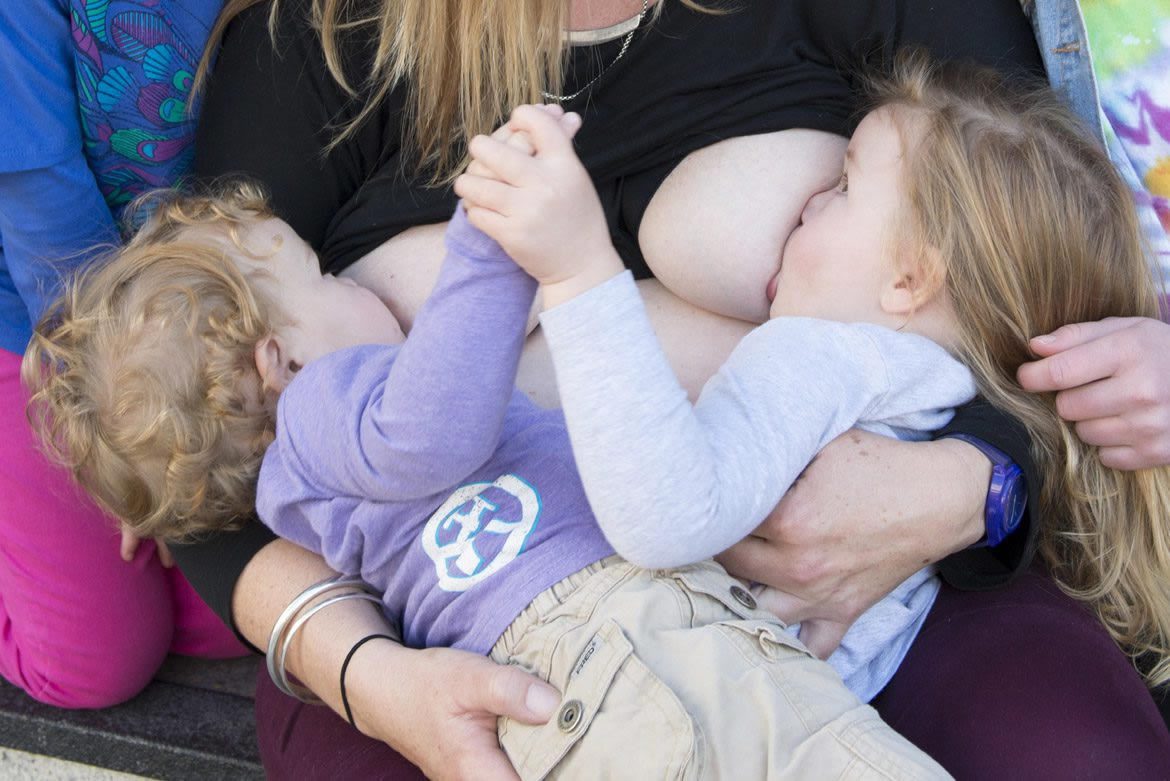

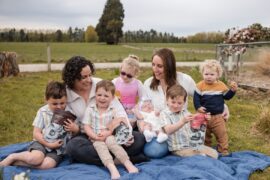
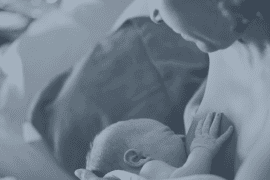


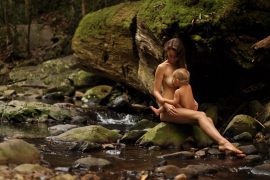
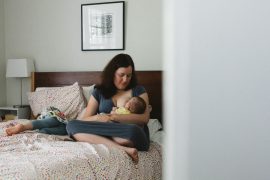
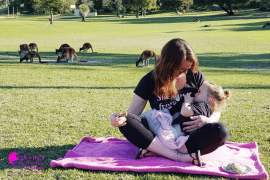


Thanks you for such a beautiful and important article! i dont feel so alone anymore! my todler 2.3 years old and still bresatfed! <3
Thank yoy